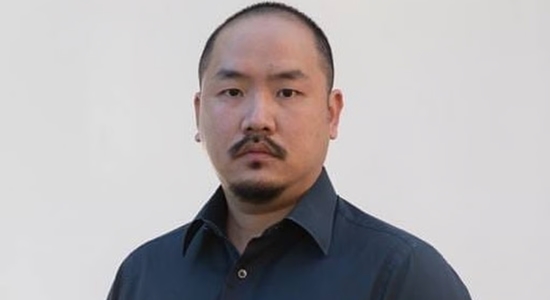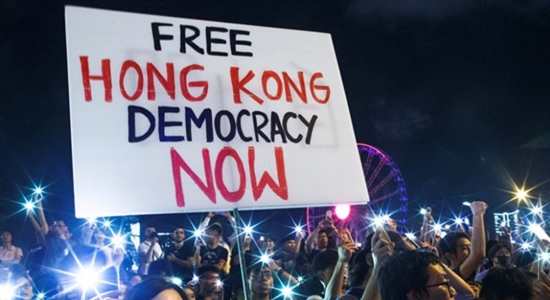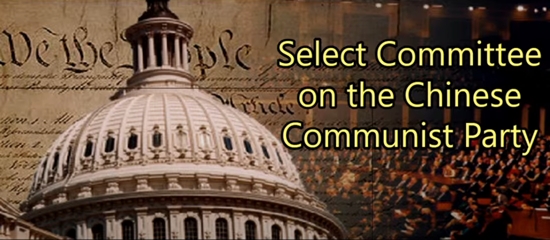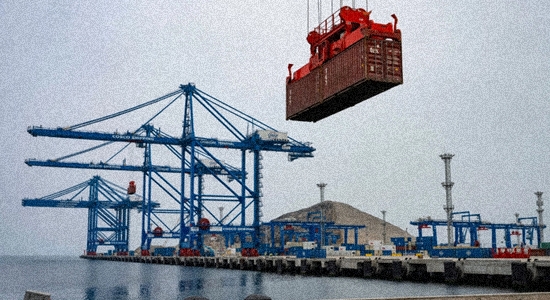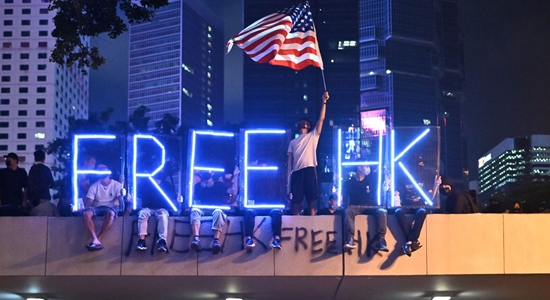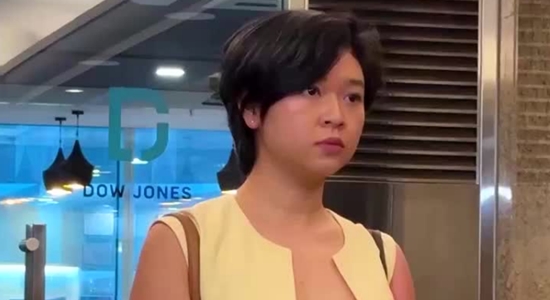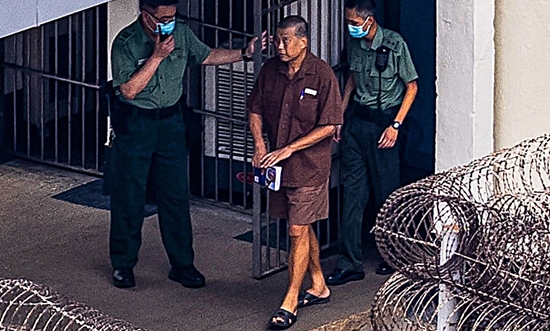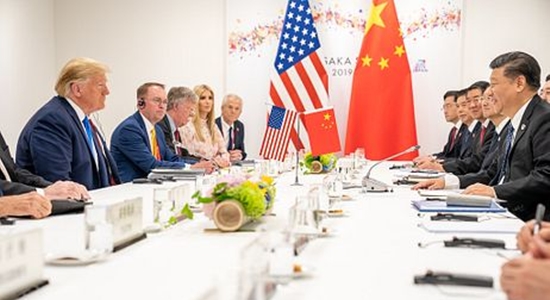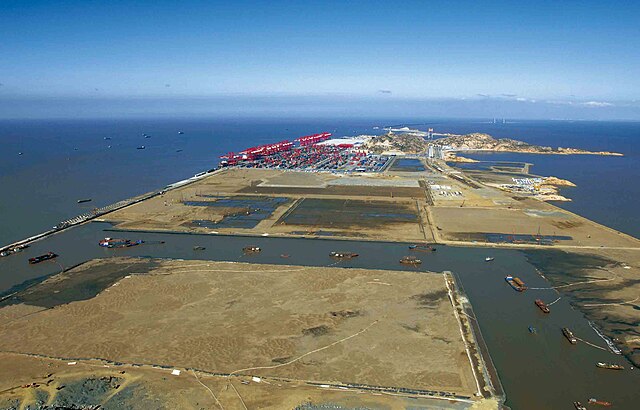
The officially approved, sparsely attended protest in the new Hong Kong—the Hong Kong in which massively attended protests and all other exercises of political rights have been systematically wiped out using the national security law of 2020—was a novelty and a fraud.
The March 2023 gathering, convened to protest a land reclamation project and not to protest the Chinese Communist Party overlords, was attended by about 80 people who “wore numbered lanyards around their necks and cordoned themselves off with tape as they marched, like a crime scene in motion,” writes Louisa Lim in an April 2023 op-ed for The New York Times.
Lim observes that the CCP authorities “aren’t merely choking off future protest” but obliterating Hong Kong’s politically assertive past, and even faster than they obliterated the memory of the pro-democracy protests crushed on the mainland in 1989.
The gagging of dissenting voices and editing of the past has happened at warp speed, mirroring the blink-and-you-miss-it modern news cycle. This has its own logic; the faster the blanket of silence is thrown over Hong Kong, the less time there is for criticism to take root, and the faster the next phase of transformation—whatever that may be—can be introduced. . . .
Words are used as weapons, and in Hong Kong the repeated use of the word “riot” obliterates one version of the past—that many protests were peaceful—while creating a retrospective alternate reality that serves the politics of the present. . . .
But Hong Kongers don’t easily forget.
When the bloody suppression of the Tiananmen movement could not be publicly commemorated in China, people in Hong Kong took it upon themselves to hold annual vigils for those killed and imprisoned in Beijing and elsewhere. Now it falls to a new Hong Kong diaspora to keep alive the memory of what happened to their own city.

